At nearly every presentation and workshop I give, someone comes up to me and asks, “Have you tried (insert tool name here) with your method? It’s really cool.” I shake my head no and politely ask them what they think the tool would do. Every explanation boils down to this: it would automate the analysis of all those interviews, make affinity groups, and do away with all that manual work. I ask them to email me the tool name, then I file it away untouched. I always thought this was just a personal quirk of mine–that I want to do the analysis myself. I don’t want to use a tool to comb through transcripts for me because I’m the one who is reading between the lines and guessing at implied meanings.
I finally realize this is not a personal quirk. Manually analyzing the transcripts is a requirement.
Why? Why should we do things manually when there are tools to automate them? In a nutshell: none of the tools is good enough. Yesterday I watched a Marvin Minsky lecture on how artificial intelligence is not making any breakthroughs. A chimpanzee can still recognize things better than a machine can. You and I can recognize intentions, motivations, implied philosophies, and emotions better than a piece of software can.
But there is a more compelling argument than this. This argument is predicated on an analogy to food. Nutritionists have been telling us that we should eat closer to the source–eat foods that are not processed, that are closer to their natural state. Books mention that the reason food manufacturers enrich their products with nutrients is because the nutrients have been removed during processing. Enrichment only adds a small percentage back. So my argument goes that by analyzing the interviews yourself, you are going closer to the source. (This argument also works for deciding who to interview: the business stakeholders at the organization, the people who currently serve a customer, or the customer herself.) It is far more nutritious for your brain to get enmeshed in the complex strands of meaning in a conversation than to look at the pre-sorted list of software-processed groups. It’s like going out to the garden and seeing how the plants grow, learning how they use the soil, watching pollination, understanding how disease spreads, harvesting the fruits, and then using them in your kitchen, as opposed to sitting on the couch eating potato chips. Those chips bear little resemblance to an actual potato.
The point of mental models is to understand your customers deeply–so deeply you could live their life, walk in their shoes, and make decisions exactly the way they would. If you use processed data to create your understanding of customers, you only create empathy with the tool or the tool’s designer, not your customers.

